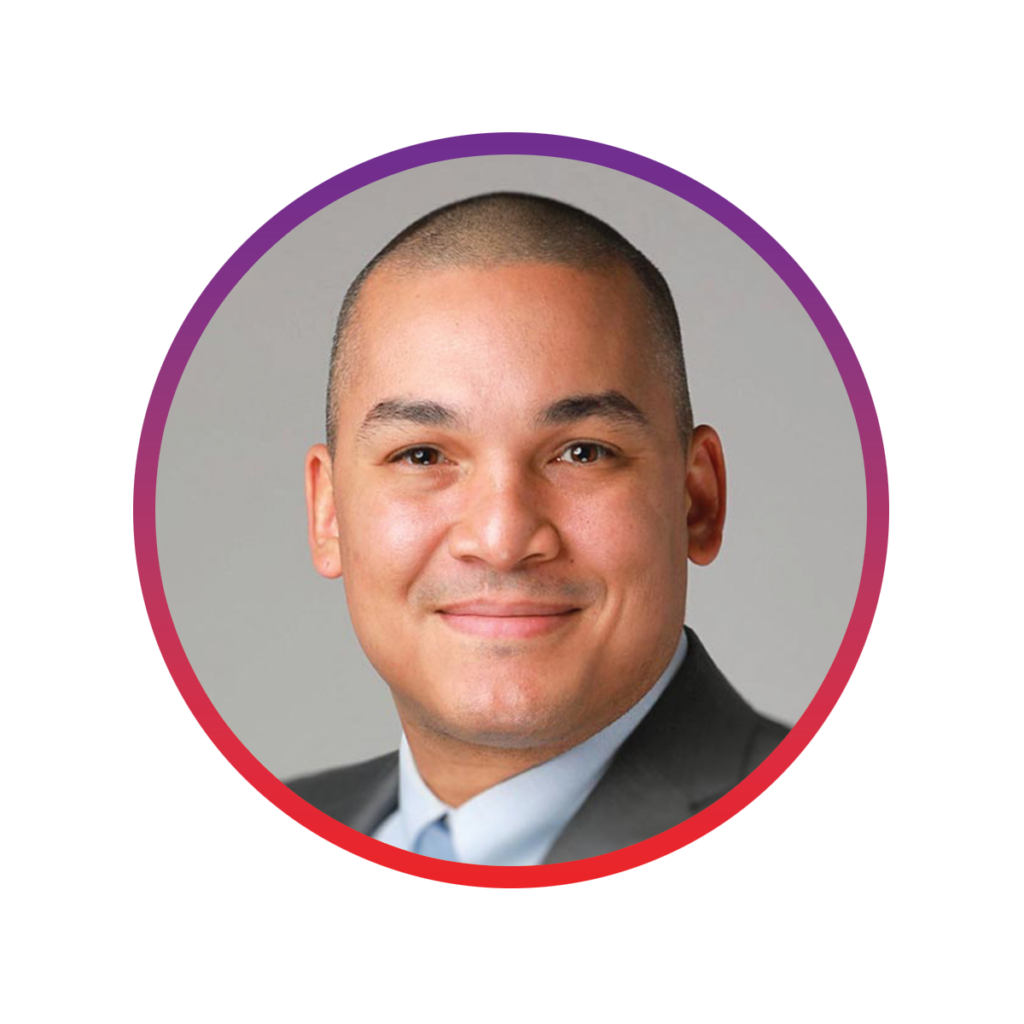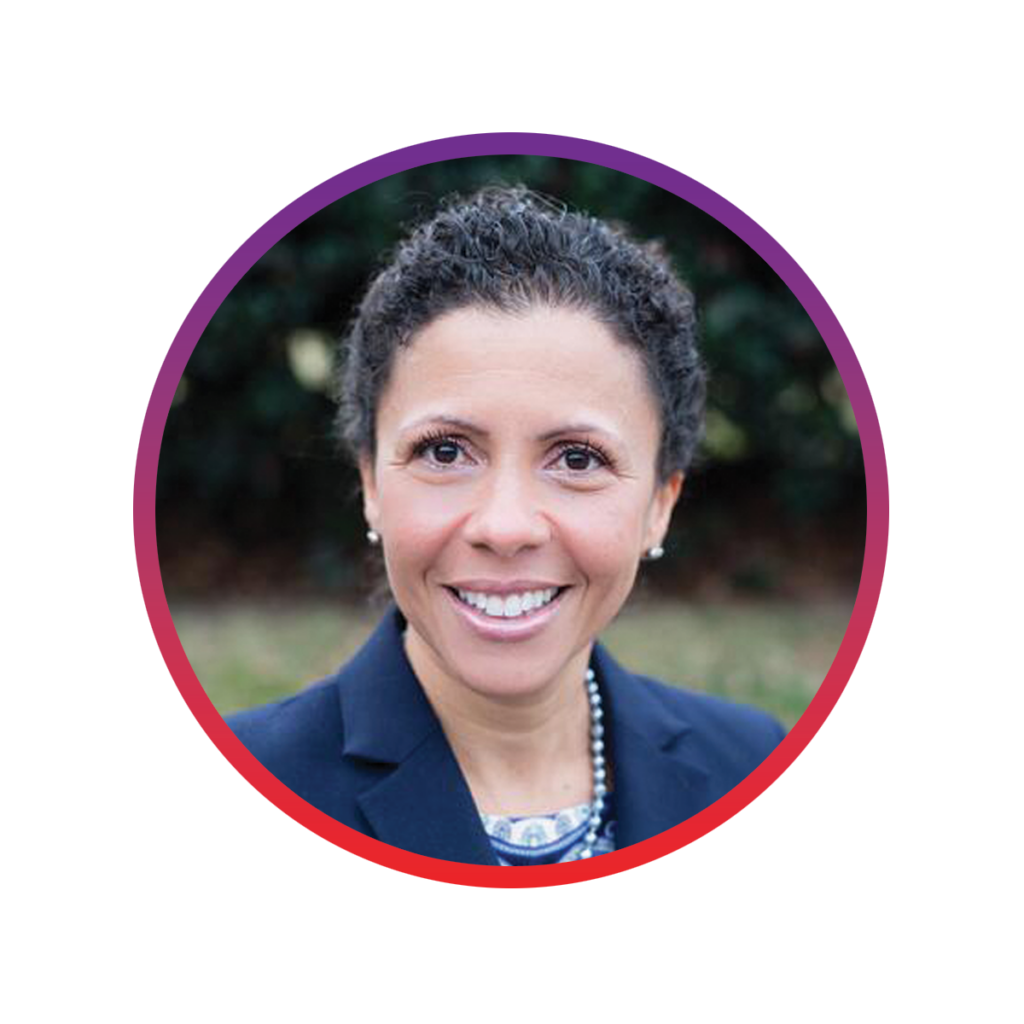In episode 71 of Teaching Channel Talks, we were joined by Dr. Wyatt Gordon, Senior Vice President and Head of Evaluation Systems at Pearson VUE. In this insightful conversation, Wyatt and Wendy discuss how teacher evaluation systems have changed throughout the years, address some misconceptions around these tests, and look to the future for how evaluation systems can encourage growth in educators.
If you weren’t able to listen in, now you can read through this behind-the-scenes look at educator evaluation systems and teacher certification testing.
Wendy: I want to talk about important things with you because your vantage point in the education community is significant. So first, why don’t you tell me about evaluation systems, what do you do in that world?
Wyatt: At Evaluation Systems, our main focus is on developing teacher licensure assessments, which are taken by teachers seeking professional advancement or certification in their respective fields. We specialize in tailoring custom tests to meet the unique requirements of states with specific needs. Our primary objective is to align the assessments we create for teachers with state policy goals, guaranteeing that states address the concerns of diverse stakeholders within their jurisdiction. Additionally, we offer a range of supplementary services, including test preparation, scoring, and reporting, to further support our clients.
Wendy: Some people feel like testing is a barrier. How do we help people understand that testing is about ensuring quality?
Wyatt: You know, it’s a good question. One of our core objectives is to help individuals understand that when we provide licensure tests to states, our goal is not to develop long-term indicators of teacher effectiveness. These tests primarily assess the minimum competency level that teachers must meet to ensure they do not have a detrimental impact on students when they start teaching. This aspect is incredibly crucial. While we have sometimes been labeled as a barrier to teachers entering the profession, our main focus is on prioritizing students and assisting teachers in providing immediate classroom support.
Wendy: What should people understand about the term “minimum competency”?
Wyatt: Minimum competency is really about what a just-qualified teacher candidate needs to know and be able to do to provide effective instruction and to make sure that students are continuing on their path to learning for their particular grade level or for their particular subject.
Wendy: For a person exploring teaching as perhaps a career change or a new career. You would offer support for them in content area specifics as well as instructional strategies?
Wyatt: That’s right. Currently, we have assessments that span the range of both subject matter assessments and pedagogical assessments. We also provide test preparation for subject matter assessments and pedagogical assessments. One of the things that we’ve been very focused on and take very seriously is our responsibility in helping candidates to prepare, that is to understand what they need to know, in order to be successful in the classroom.
One of the things that we are working on over the next couple of years, is expanding our test preparation resources to include learning courses that help teachers learn not only the content they need to understand on the test but all the content that they need to know in order to be a successful teacher, including pedagogical content, pedagogical theory.
Wendy: Are you going to put traditional ed programs out of business?
Wyatt: I don’t see it that way, no. What we’re trying to do is supplement the traditional programs. They do a great job in helping candidates prepare to become teachers. What we want to do is help remediate and fill in the gaps where people are struggling or having trouble.
Wendy: So are we talking now about educative assessments?
Wyatt: Well, we’re getting closer, a learning course could be an educative assessment if designed in the right way. Educative assessment, or assessment for learning as some people refer to it, is something that we’ve been exploring.
It’s really the idea that the assessments themselves should be learning experiences, but also then used for summative outcomes, right? How do we provide a score while also providing a learning opportunity at the same time? And that that gets us to the heart of overcoming the discussion about testing as a barrier, how do we become part of the answer rather than a potential problem?
Wendy: Can you talk me through the experience of taking a test? Let’s imagine I’m a first-timer.
Wyatt: Well first, our candidates go on to our website, they look at their state requirements for licensure, they select the assessments they need to take, and then they register for them. They’re able to select a date and time for testing and they can either test inside of a test center, at Pearson VUE we have test centers all over the world that candidates are able to utilize, or recently we launched what we call “online proctoring,” which is a version of testing that you can do at home through Zoom or Teams.
You show up or log on, take the test, and you receive a score once you’re done testing. In some states, those scores are given immediately. In other states, there’s a bit of a lag, maybe a two-week period. Either way, those scores tell you whether you’ve passed or failed the assessment, along with some feedback on what you can improve on based on the different domains or subcategories that are being tested.
Wendy: If you are working to make information easier to consume, what are the dials that you can turn?
Wyatt: You know, it’s really interesting how things work in the testing industry. We have these things called test bulletins or test registration bulletins which are these pretty long PDF documents, around 50-60 pages, that we usually give to candidates and say, “Hey, read all this stuff before you go through the testing experience.”
So one of the discussions we’ve been having is about utilizing new tools like generative AI and chatbots. The idea is to provide candidates with the information they need when they need it, based on their specific queries. This way, it becomes less of a mere check-the-box activity and more of an exploratory journey for candidates who genuinely require critical information at crucial times. However, I have to admit, it’s something we need to work on, and it has been receiving our focused attention.
Wendy: Does this mean when I come to Pearson seeking licensure you’re not going to throw a huge dump truck full of practice questions at me, that I may be able to navigate the areas I need most?
Wyatt: That’s what we’re working on! One of my core beliefs is while we offer many different interactive practice tests across every test that we develop and deliver, we have to grapple with engagement, motivation, and allowing prospective teachers to engage in activities that are interesting, and informative, and prepare them at the same time. So when we talk about new types of preparation, that’s where we’re headed. Instead of getting 500 questions and just working your way through them, how do you provide a little bit more instruction? How do you provide more engagement, and more scaffolding, that helps you to understand where you are and where you need to go?
Wendy: When I hear you talk about preparing teachers, I’m hearing a lot of the same language that teachers use when they think about their own students, and it’s reassuring to me that you’ve got those priorities in mind. Now, let’s talk about students. If preparing a good teacher means putting a good teacher in front of students, how do you ensure that you’re getting all the way through to the learners in the classrooms?
Wyatt: That’s an excellent question. While we have always focused on evaluation systems and other teacher licensure companies on the front end of the teacher journey—the entry to the classroom—there’s a lot of professional development remediation training that occurs during a teacher’s time in the classroom. One of our major partners, the National Board for Professional Teaching Standards, really focuses on what it means to be an expert teacher and a master teacher, and how teachers are able to grow throughout their careers in teaching.
I will say that some states have done a nice job providing those professional development opportunities in districts around the country, but what we haven’t really done, is provide a thorough course model of understanding how teachers are growing in the same way that we do students.
Testing for students has become more popular in the last, five to ten years, in addition to our continued acceptance and reliance on summative scores. We should really be looking at the same thing for teachers. It’s something that we’re beginning to explore and I don’t know that it will look exactly like the student model, but it may approximate it or it may be something completely different.
Wendy: We know a lot about adult learning and certainly there are things that need to be considered differently in the pedagogical model if that’s what people are going to focus on. I’m appreciative of thinking about career paths, teacher evolution, and development. Maybe an interesting topic for people to hear about and learn from is how a presently licensed teacher might use evaluation systems or additional licenses and certificates to grow professionally. What thoughts do you have about that?
Wyatt: So typically, the role that we play with practicing teachers is, as teachers are in the classroom and they’re teaching in a particular subject area, they have opportunities to come back and take a licensure assessment and become endorsed in additional subject areas. So let’s say you’re teaching biology and you’re certified to teach biology in a high school in the state that you’re teaching in, you could come back and take a chemistry test and become endorsed in that as well. Now, you’re able to teach chemistry in your high school as well. That’s a typical role that we play. But there may be other ways that we’re able to participate and those are things that we’re thinking about also.
Wendy: I love that! If there are some certificates or licensures that seem naturally adjacent to others, it seems welcoming to bring experienced educators through doorways into expanded areas.
Wyatt: That’s right. In the past, it used to be that teachers were teachers and there was one position, you were a teacher and then you became an administrator. But now, there are lots of states that are creating new teacher roles. They have entry-level teacher residencies where you’re able to build skills with a fully certified teacher in the classroom, and then the states are creating different levels and professional pathways, so the teaching roles are kind of proliferating at this point. As a response to the teacher shortage, we are now trying to align our licensure structure. Instead of being focused just on that point of professional practice, we want to respond to all the different ways that states are creating and staffing instructors and teachers.
Wendy: You and I have acknowledged that there are changes in the education community. What kinds of changes are you seeing most?
Wyatt: All the changes in our industry right now, or most of them at least, are focused on responding to teacher shortages and it’s a really complex problem. While we talk a lot about this massive teacher shortage, there’s a lot of nuance in the discussion. Most shortages in the majority of states are limited to particular subject areas or particular regions of the state. And because, as educators, we haven’t created connected databases that are really salient in terms of answering the question of where shortages are occurring, we have limited insight into where those shortages are and our policy responses aren’t necessarily targeted to the issues that are actually occurring. That’s a major issue.
We’ve seen states create a lot of new creative pathways into teaching, alternate routes, and alternate pathways, but they’re also trying to create new flexibilities in their model in terms of getting teachers into the classroom, albeit through teacher licensure, traditional testing, or other types of alternative route preparation. I think the issue is until we have the data to have a comprehensive view of the teacher workforce, it’s very difficult to understand what the impacts are of these policies and whether we’re actually making a difference.
I’ll give you a bit of an example. During COVID, lots of students left. They went to private schools or homeschooling, or some to virtual classrooms, and many of them haven’t returned. So in many districts around the country, schools are actually closing, and fewer teachers are needed to staff those schools. Our response to the future shortage has not yet incorporated those nuances. We’re still kind of running around trying to figure out how to staff classrooms because we have lagging indicators and data on where our teachers are, and until we have a real-time view, it’s going to be very difficult for us to respond.
Wendy: Here we are at the end of the first quarter of a new year, and we may be looking at data that’s a year and a half old. That’s trouble!
Wyatt: Right, it’s true for any industry and I think there’s been a resistance in the past to looking at teachers as a workforce, similar to nurses or doctors or any profession, but they are and they serve a purpose, which is to help students learn. We have to have a bit of rigor around how we collect data, how we analyze that data, and how we act on it.
Wendy: Teacher shortages aren’t a new concept. Why is it getting so much attention today?
Wyatt: You know what’s interesting? It’s not a new concept. In fact, we’ve had shortages in many key subject areas. We’ve also had shortages of diverse educators for many years. I think COVID really exacerbated the issue and really pushed all of us to think about how we respond to the workforce issues that we’ve known have existed for a while. Many states, to their credit, have responded and many of them have been very creative in their responses.
Wendy: I know we can’t get into the varying state policy responses that we’ve seen over time, but let’s talk a little bit about how evaluation systems at Pearson support the varying needs across our country.
Wyatt: What we say internally is that we meet states where they are. Our process is to try to understand the states’ policy goals, what is the state trying to accomplish through its teacher licensure program and through its student assessment program? And then we try to narrowly tailor our assessments, while also providing the wrap-around services around those assessments to the goals of the state. So from our perspective, we know that we’ve been successful when our clients feel as if they are making progress against the goals that they have.
Wendy: I’d like to shift the conversation a little bit, Wyatt, and ask if you can help me help educators dispel some myths about Pearson or about evaluation.
Wyatt: Well, one of the myths I actually mentioned earlier, which is that teacher licensure testing as it exists now, is focused on teacher effectiveness, particularly the potential of teachers to be great teachers in the future. That’s not really our focus, although perhaps it should be. Right now, our focus is on ensuring that students are taken care of in the classroom on day one and on day 365. That teachers are able to enter a classroom in their first year and deliver the content, knowledge, and pedagogical knowledge that students need to understand on the content side, and that they need in order to learn on the pedagogical side.
Wendy: That’s about as straightforward as you can get to help people understand what you’re trying to do and what your priority is right now.
Wyatt: Right, it’s kind of like driving tests, maybe driving tests should also be focused on future efficacy and be predictive of future performance. For right now though, for teachers, we want to make sure that we’re getting an adequate number of capable teachers in the classroom and that we’re giving those teachers an opportunity to grow in the future. Just like drivers, right? You want to get folks on the road and give them the opportunity to improve their driving as they progress.
This conversation has been edited for length and clarity, but you can listen to the full episode of Teaching Channel Talks and find accompanying learning resources here.
Our Guest

Dr. Wyatt Gordon is the Senior Vice President and Head of Evaluation Systems at Pearson VUE. At Pearson VUE, they provide expert educator testing services that move teaching candidates from potential to progress, while driving certification or licensure programs to new heights. Pearson continually pushes the limits by developing secure exam delivery options and innovative testing methods because they know that by working together, challenging the status quo, and fostering new possibilities, we will collectively move forward.
Our Host

Dr. Wendy Amato earned her Master’s in Education and Ph.D. in Curriculum and Instruction from the University of Virginia. She holds an MBA from James Madison University. Wendy began teaching in 1991, has served as a Middle School Administrator, and still teaches at UVA’s School of Education. She has delivered teacher professional development workshops and student leadership workshops in the US and internationally. Wendy and her family live near Charlottesville, Virginia.







